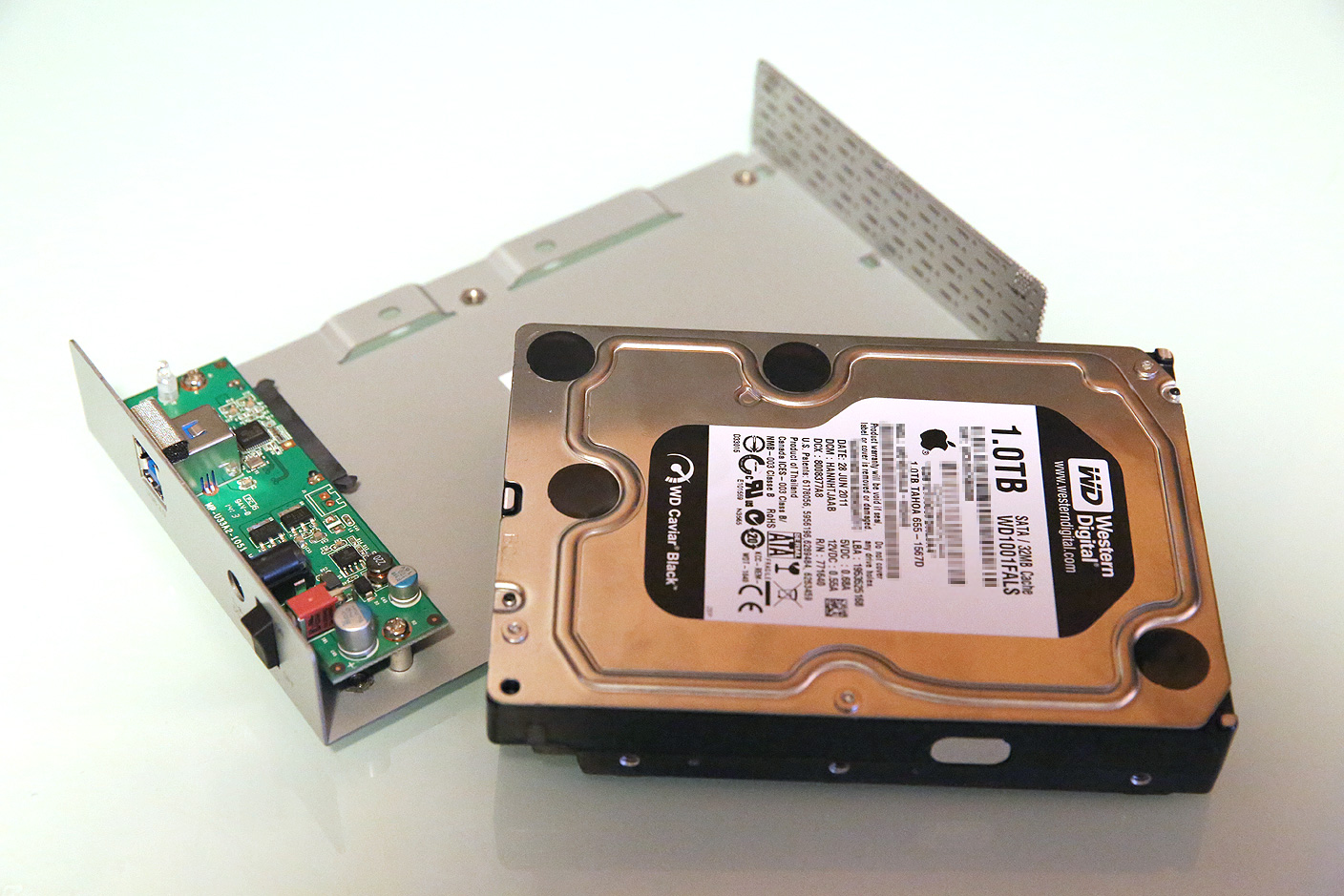

- HOW TO ADD EXTERNAL HARD DRIVE FOR IMAC 2006 UPGRADE
- HOW TO ADD EXTERNAL HARD DRIVE FOR IMAC 2006 MAC
Not counting the Mac Pro, it was one of the last Macs with a socketed CPU, meaning that processor upgrades were possible.
HOW TO ADD EXTERNAL HARD DRIVE FOR IMAC 2006 UPGRADE
the 2006 iMac was uniquely suited for this upgrade project. Drag the files from a Mac local volume or folder and drop the data into the external hard drive. Open the internal disk or folder, where you saved essential files for copying or transferring. Launch iTunes, launch Photos, launch Mail, and check iCloud and other settings. Stayin’ Alive: Upgrading the CPU, Hard Drive, and RAM on a 2006 iMac, Jim Tanous, TekRevue, 2013.11.17. Transfer or Copy Files from Mac to External Hard Drive. Now log into the user account you just created and make sure everything works as expected. Be careful you don’t accidentally make any other changes.

Select the director on the other drive and click Open.Īn Advanced Options dialog box lets you switch the user directory.Click the Choose button next to the Home Directory field.Right-click the user for which you want to point to files on the other drive and choose Advanced.Click the lock icon and enter your administrative password.Open the Users & Groups preference pane.You need to be logged into any account other than the one (or ones) for which you’re re-pointing the home directory location.Make sure you’re booted into the startup volume you intend to use to hold your system.Apple doesn’t advise it, but it does support it. Repointing user directories is easier than it seems. Move your user directories to the other drive at the root level, rather than nested inside a Users folder.This will serve as an emergency account in case something goes wrong with the other drive. Create a new administrator account on the drive that has your system on it.If you have an existing Mac and want to shift user files to a higher-capacity drive: You have options on external drive sizes, and the size necessary for you directly reflects the amount of space you require for the tasks you complete on your setup.Follow the instructions below to point your user’s directory location to the other drive.Copy your user directories to the other drive.When complete, create a new account with the same name and details as the user account or accounts you want to host on the other, higher-capacity drive.Use Migration Assistant to move everything from your old Mac, Time Machine backup, or clone to your new Mac except your user files.Set up a new account on your new Mac as a placeholder, which will also act as a backup administrator account in case anything goes wrong with the other drive.If you’re upgrading to a new Mac, and you can’t migrate your entire existing Mac to the system volume’s capacity as described above:.How you start this split depends on where you’re starting from: USB 3.0 or 3.1 will be fast enough for user files with an hard drive or hybrid drive, as well as for an SSD for the system drive. For an hard drive, try to get a 7200-rpm drive. Check around for options for external drives, as prices can vary by large factors.


 0 kommentar(er)
0 kommentar(er)
